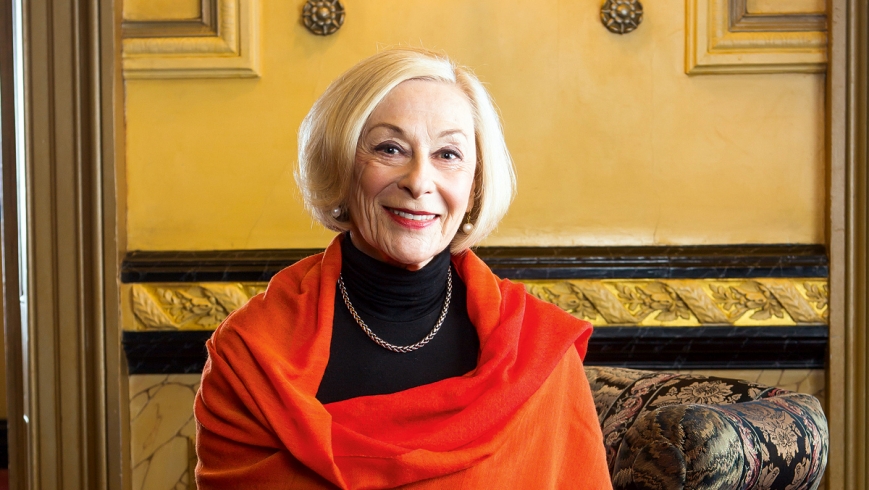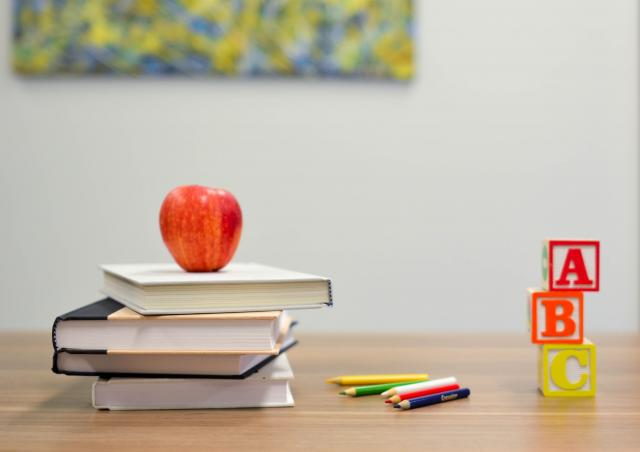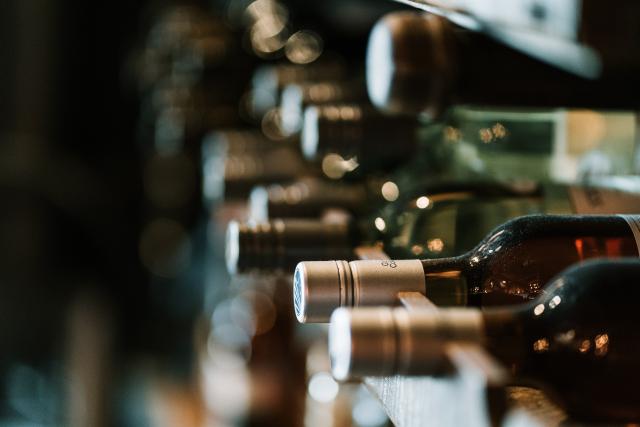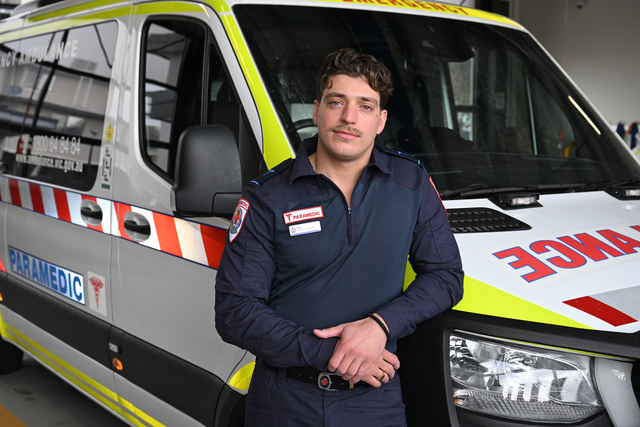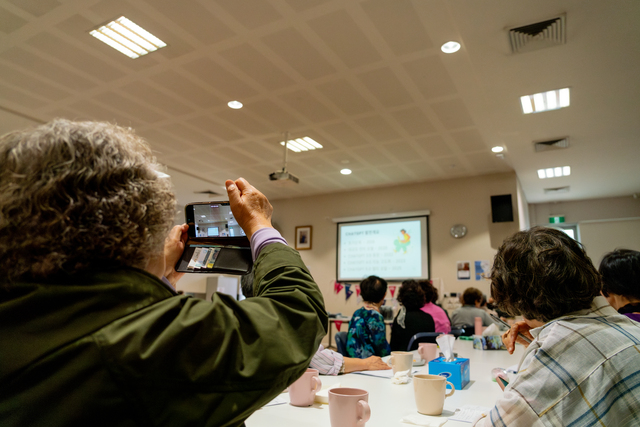Fifty years ago, in 1964, a woman who couldn’t sing, couldn’t dance and couldn’t act was nonetheless deemed qualified to host and perform in an Australian television variety program because she was, well, British.
A black-and-white clip of season one, episode one of Channel Seven’s satirical The Mavis Bramston Show features the eponymous Mavis, all bouffant hair and a song at the ready, being asked by an interviewer if she is looking forward to visiting Australia.
“Oh rather,” she exclaims, all plummy, “I hear it’s absolutely dinky. I simply adore that wide-open thing. Of course, they have such lovely warm audiences.”
Playing this dried-up, obsequious British personality feted via Australia’s cultural cringe was comic actor Noeline Brown, who had actually grown up in working-class Stanmore in Sydney’s inner west. The daughter of a staunch unionist who was absent for much of her childhood – he was away riding trains, delivering sacks of mail for Australia’s travelling post office – Brown and her two brothers were raised by a mother stricken with tuberculosis.
Brown would soon take off briefly, herself, to try her luck on the UK stage, being the only cast member not contracted to The Mavis Bramston Show, despite playing its namesake. But she would find the attitude and the lack of good theatre roles no less sexist in Britain – one London dinner party luvvie claimed she was only pretending to be Australian. So she returned, resuming a regular place in the Bramston hit, which presaged a healthy turnover of home-grown television comedies that thumbed noses at the cultural colonisers.
It was on a radio show called Chuck Chunder of the Space Patrol that she met the impressively moustachioed “double- and triple-denim” clad writer Tony Sattler, who was moved to reminisce years later: “I first realised I was reasonably attracted to Noeline by a swelling in the pants, actually. And that’s generally a pretty good barometer of human feeling, I find.”
They married, and teamed up for the mid-1970s comedy sketch hit The Naked Vicar Show, and formed a lifelong friendship with Melbourne’s TV king Graham Kennedy, with Brown a permanent fixture on panel show Blankety Blanks, hosted by the anarchic Kennedy.
Today, visiting celebrities are still asked if they like Australia and humble pie remains on the menu: in March, Brown found herself in Adelaide, where a woman congratulated her on her book. Not Brown’s 2005 autobiography, Noeline – Longterm Memoir, mind you; she meant a 1997 title, A Biased Memoir. “And when your husband got sick in Italy!” the woman exclaimed sympathetically. Brown had once again been mistaken for the late Ruth Cracknell, best known as Maggie in TV’s Mother and Son.
In July, Brown will play Maggie in a stage version of the hit sitcom alongside Darren Gilshenan in Garry McDonald’s role of son Arthur at the Comedy Theatre. Perhaps Ruth and the decade-younger (and much shorter) Noeline were destined to be stage twins, albeit decades apart.
For some 40 years now, Brown and Sattler have lived in one house or another in the chilly NSW southern highlands, originally prompted by Sattler’s dislike of Sydney’s humidity. The current roomy spread is on a hill off the two-lane Illawarra Highway, past horses and Holstein cattle grazing on lush green hills beneath misty Mount Murray, then up eight kilometres of a vertiginous narrow incline.
The couple landscaped their lot’s paddocks, adding an ornamental pond and are now removing weedy agapanthus. Yesterday, a fox came to the back door. I find Sattler raking leaves in the driveway. His moustache is narrower these days and he keeps himself fit, mowing lawns or fixing things when not tending to the couple’s Wintergreen Productions company.
Brown calls him “action man”. She is fit, too, and immaculately turned out in blue jeans, top and cotton jacket. Surely she’s being dry when she says she hasn’t fixed her perfect blonde bob, given her photo shoot is to be done another day.
We sit in the gleaming white kitchen. The house was “quite American” when they bought it, says Brown, by which she means curtains and lace, now removed to enhance a modern feel. A giant window behind the kitchen table frames the mountains, no doubt inspiring when the pair emerge from their his-and-hers sitting rooms for evening “martini time”. Brown mentions the couple are in mourning – their 14-year-old Australian terrier-shih tzu cross died suddenly a couple of days earlier – but she still musters a wry humour.
Brown is now 75, and in 2008 was appointed as the Commonwealth’s first Ambassador for Ageing, then reappointed for a second three-year term in 2011. It’s been her job to promote active and positive ageing, and the contribution by older people.
A decade ago, Brown would have preferred to have been known as an actor who could do anything, and hankered to play, say, Lady Macbeth. Today she’s content with her legacy as a comic actor, and to have been asked to take on a role so closely associated with Cracknell, who died age 76 in 2002. Geoffrey Atherden, who created and wrote the series, has written this new stage story.
“I don’t know why I was approached,” confesses Brown, who seems unworried that Cracknell and Maggie might be intertwined in the public’s mind. She knew Cracknell, and admired her greatly. “I’m certainly the right age to play Maggie. I’m still working, so they know I can do it, perhaps. Everybody knows and loves the character from the television show, but the whole cast is new so I don’t think that’s a problem. There will be people seeing this play who have never seen an episode.”
The final TV episode aired 20 years ago, but the play brings the story into 2014, with Skype and mobile phones to confuse Maggie.
Is Maggie “slightly senile”, as some people describe her? “I think she’s a clever old girl. My own grandfather lived with us until he was 84. He had selective deafness. The rest of the time, you couldn’t whisper anything without grandpa getting onto it. I think Maggie is a bit like him; selective memory loss. She’s getting on and, because I’m the ambassador for ageing, I would advise Maggie to do a lot of things that she doesn’t do: she’s depending on Arthur after her husband dies, she obviously doesn’t have the big circle of friends. She didn’t go out into the world, experience things and challenge herself.”
In 1999 and 2003, Brown ran unsuccessfully in state politics for the NSW Labor Party in the unwinnable Southern Highlands seat, motivated by a lack of services in the area, health insurance gap payments and inequality. Although there are wealthy properties in the area, she saw families who were living in cars.
How does she deal with her own ageing, philosophically speaking? “Just get on with it,” she laughs. “One day at a time.” She says she’s now “much more confident than I ever was”. She and Sattler, being self-employed, have long had plans in place to ensure they are financially comfortable.
It was not always so: she and her brothers saw little of their father growing up, although one particularly hard-scrabble year he took off work without pay to nurse their desperately ill mother, who survived her TB, in their home without hot water.
Born in 1938, Brown was school captain in her last year but she left school at age 15, disliking the rote learning and keen to work. “I just felt like a woman and wanted to get out and earn some money,” she says.
She took a job at the Marrickville Library. Attractive and funny, she had her fair share of admirers, including Bruce Beresford and Clive James, who has admitted envying her romance with his mate Robert Hughes, later a celebrated author and art critic. There was also a much older “gorgeous boyfriend”, with whom she remains friends today, and intended to settle and marry. She had an engagement ring at 18, but by 19 was acting in small theatre productions. “I just knew that I didn’t want to marry and have children and, at that time, I just wanted to do stuff. So I gave the ring back to Ron.”
Brown first performed in a Petersham Musical Society revue, “deeply embarrassed” about having to wear a brief showgirl costume. Then she worked for the New Theatre at the Waterside Workers’ Federation – brief costume again – before auditioning for Sydenham’s Pocket Playhouse, where she was discovered in 1962, playing a Marilyn Monroe-influenced showgirl in The Sleeping Prince. A reviewer said: “I prophesise a long and successful career in the theatre.”
But it was TV where she made her mark. Mavis Bramston’s gags about imported artists touched a nerve, and some sketches incurred the wrath of the clergy. The Naked Vicar Show, on radio, stage and TV, was her favourite. “The scripts were so equal. I was the only girl and two boys in the initial show, and I got as much work as they did.”
Brown exhales to gather her thoughts when asked about her friend Graham Kennedy. “I’ve tried to work out what Graham had: it was this connection with his audience. He was the little boy caught smoking behind the shed. Everybody loved him. I suppose a few people didn’t, but I’ve never met them.”
Brown disliked that a TV biopic a few years ago portrayed Kennedy as a “sad clown”, and says he was more comfortable in his skin in private than that portrayal suggests. Kennedy “lived for work” and probably had 10 really good friends in show business, but most of his friends were outside the field. If Brown invited him to lunch or dinner, he’d ask how many people would be there. “I’d say, ‘What’s wrong if there are a few people?’ and he’d say, ‘I always feel the need to perform’.”
As for her own life, Brown is looking forward to performing at the Comedy Theatre for the first time and to continuing her ambassador work. She’s fond of quoting Hubert Humphrey, the 38th US vice president: “The good old days were never that good, believe me. The good new days are today. The better days are coming tomorrow. Our greatest song is still unsung.”
WATCH » Mother & Son at the Comedy Theatre from July 18, ticketmaster.com.au.

